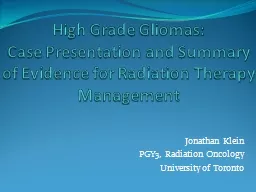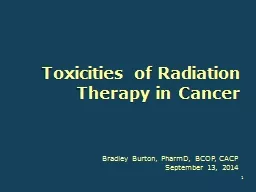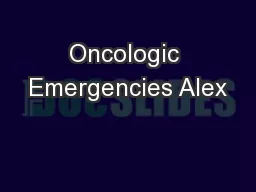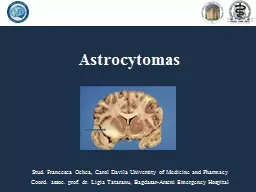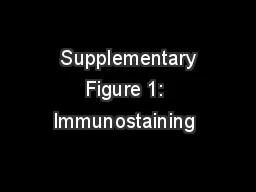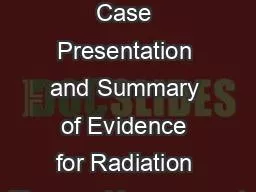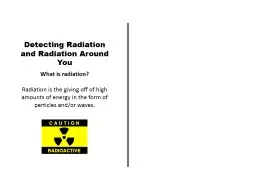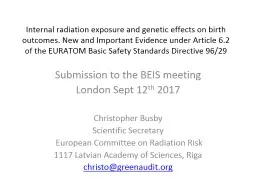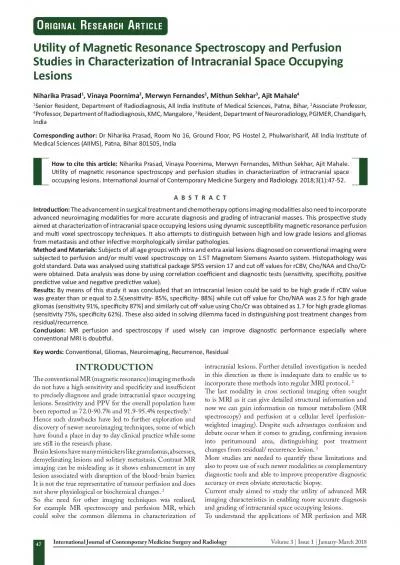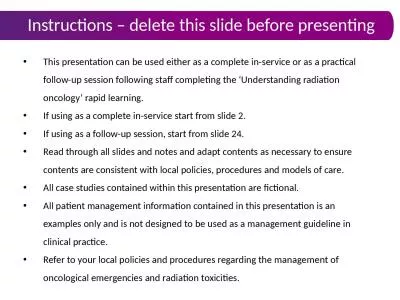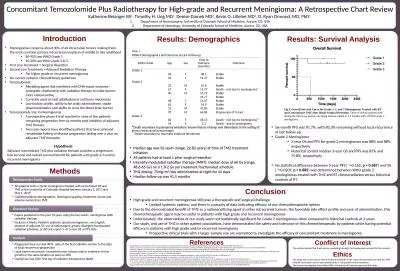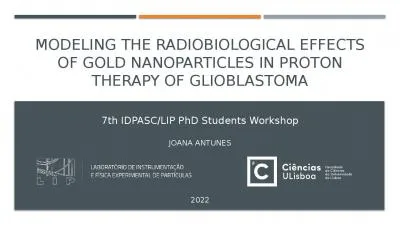PPT-High Grade Gliomas : Case Presentation and Summary of Evidence for Radiation Therapy
Author : myesha-ticknor | Published Date : 2018-12-04
Jonathan Klein PGY3 Radiation Oncology University of Toronto Case 1 Mr A 64M presents to ER with two weeks of dizziness and things on my left side look funny
Presentation Embed Code
Download Presentation
Download Presentation The PPT/PDF document "High Grade Gliomas : Case Presentation..." is the property of its rightful owner. Permission is granted to download and print the materials on this website for personal, non-commercial use only, and to display it on your personal computer provided you do not modify the materials and that you retain all copyright notices contained in the materials. By downloading content from our website, you accept the terms of this agreement.
High Grade Gliomas : Case Presentation and Summary of Evidence for Radiation Therapy: Transcript
Download Rules Of Document
"High Grade Gliomas : Case Presentation and Summary of Evidence for Radiation Therapy"The content belongs to its owner. You may download and print it for personal use, without modification, and keep all copyright notices. By downloading, you agree to these terms.
Related Documents

